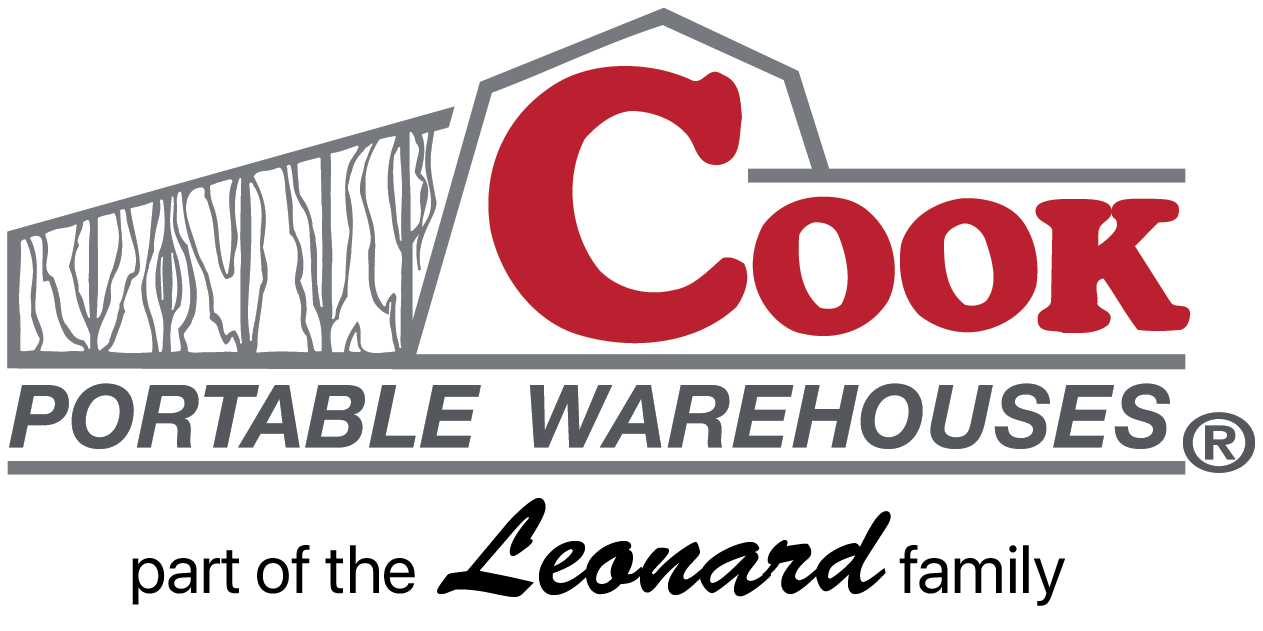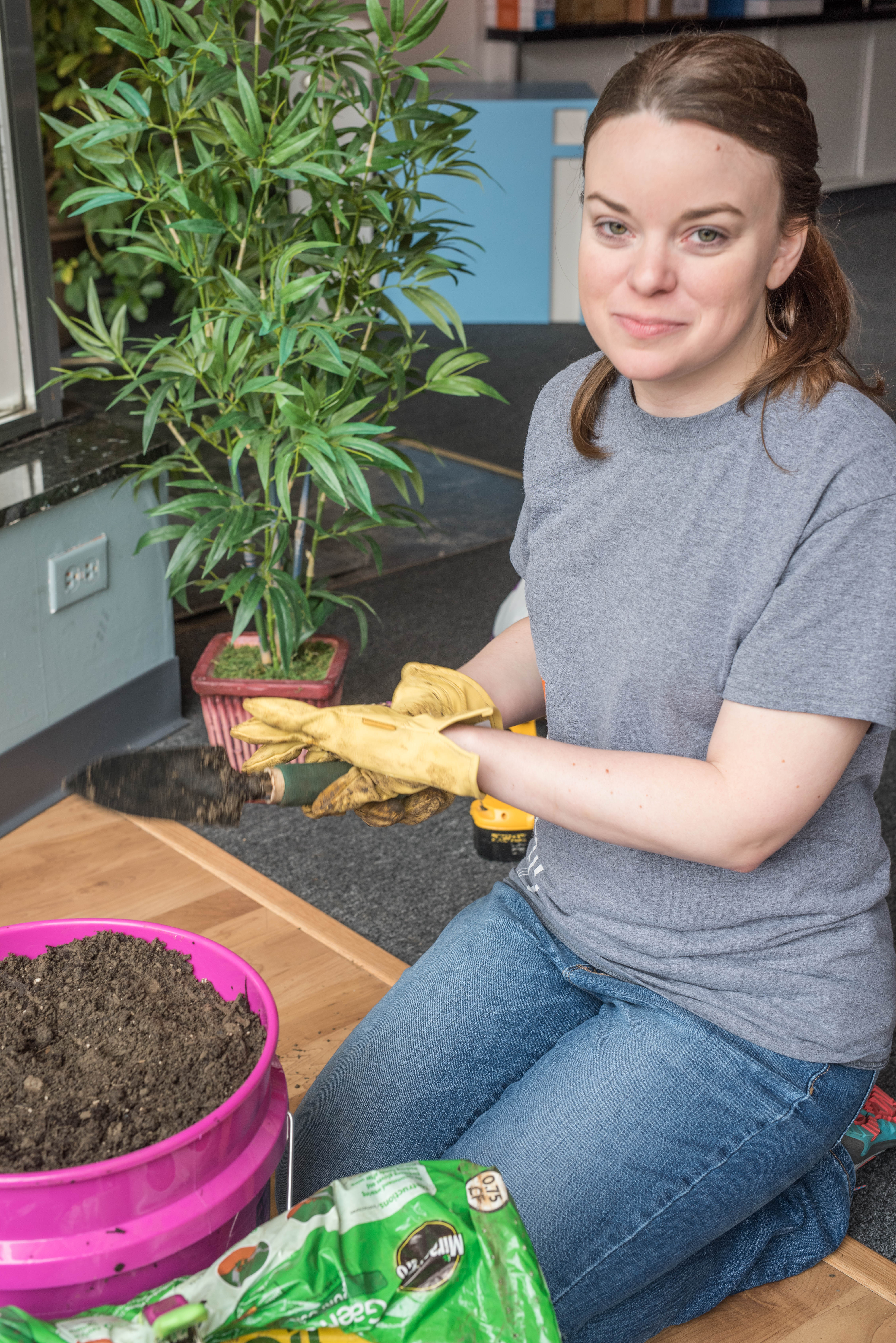Guest Post by: Catie
Catie loves to write, and try new things (and wrangling her loved ones into the process). She currently works for a marketing firm in Kentucky where she plays skee-ball, drinks hot chocolate and, oh, writes all day long.
There are many reasons you may want to start a container garden, from working with a limited space, to wanting
to control your growing environment a little more. Or, you may just want to cut back on your large garden to something a little more manageable.
I decided this year that I wanted to start a container garden. You can read about the beginning of my adventure here!
So, how do you get started? I talked with a local farm supply store to get a few answers! Sarah Alvey had some great insights. She’s the Assistant Manager at Phelps Farm & Home Service in Paducah, KY.
Sarah’s grandfather and great uncle opened the store in 1966, so this business is in her blood!
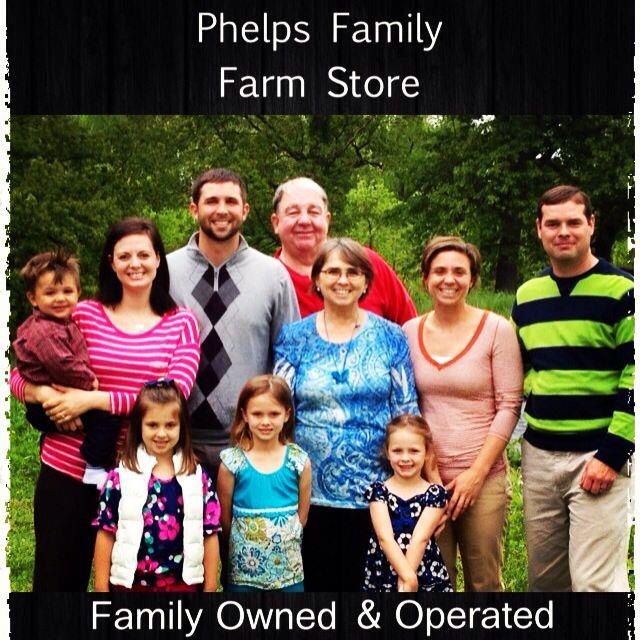
“I love digging in the dirt, being outside and working with people,” Sarah said. With the combined experience at the store, when people come in with questions about their home gardens, they can usually come up with some good answers.
“My dad’s loved it and since he loved it, that’s a big reason why I love this place,” Sarah explained. “We’re successful! That doesn’t necessarily mean we’re making tons, but we’re able to work together and do what we love to do.”
Their store recently hosted a free container garden class and Sarah told me that these types of gardens are quickly growing in popularity.
They’ve had more inquiries about container gardening over the last few years, but Sarah’s seen some customers quickly become discouraged. “I see a lot of people that are just starting out go a little overboard,” she said, explaining that you can easily get overwhelmed in the heat of summer when you have too many plants to hoe and water.
“Start small and see how it goes for you. Then, each year try new things. Work your way up,” Sarah said.
Gardening Tips from Sarah:
-Don’t buy cheap soil. The soil is the biggest factor when you’re container gardening. You want soil that isn’t going to compact too much where the fertilizer and water can’t penetrate it.
-Fertilize weekly. When you plant in the ground, your plants can get nutrients from other sources, but in a container, it only receives the nutrients you give it.
-Give your plants support. If you’re planting tomatoes, you can prop them up with something or tie them to a railing or a stake. You don’t want them to get too heavy and break. With squash, the vines will take up a lot of room, but you may have to support them until they can reach the ground from the top of your container.
-Grow your own herbs. These are perfect for growing in containers, such as cilantro, basil, oregano. Plant what you use most.
So, after talking with Sarah, my family and doing a little online research, here’s what I ended up doing. Even if this garden doesn’t grow well this season, I’m choosing to already call it a success. I’ve learned so much through just the beginning of this process!
What will you need?
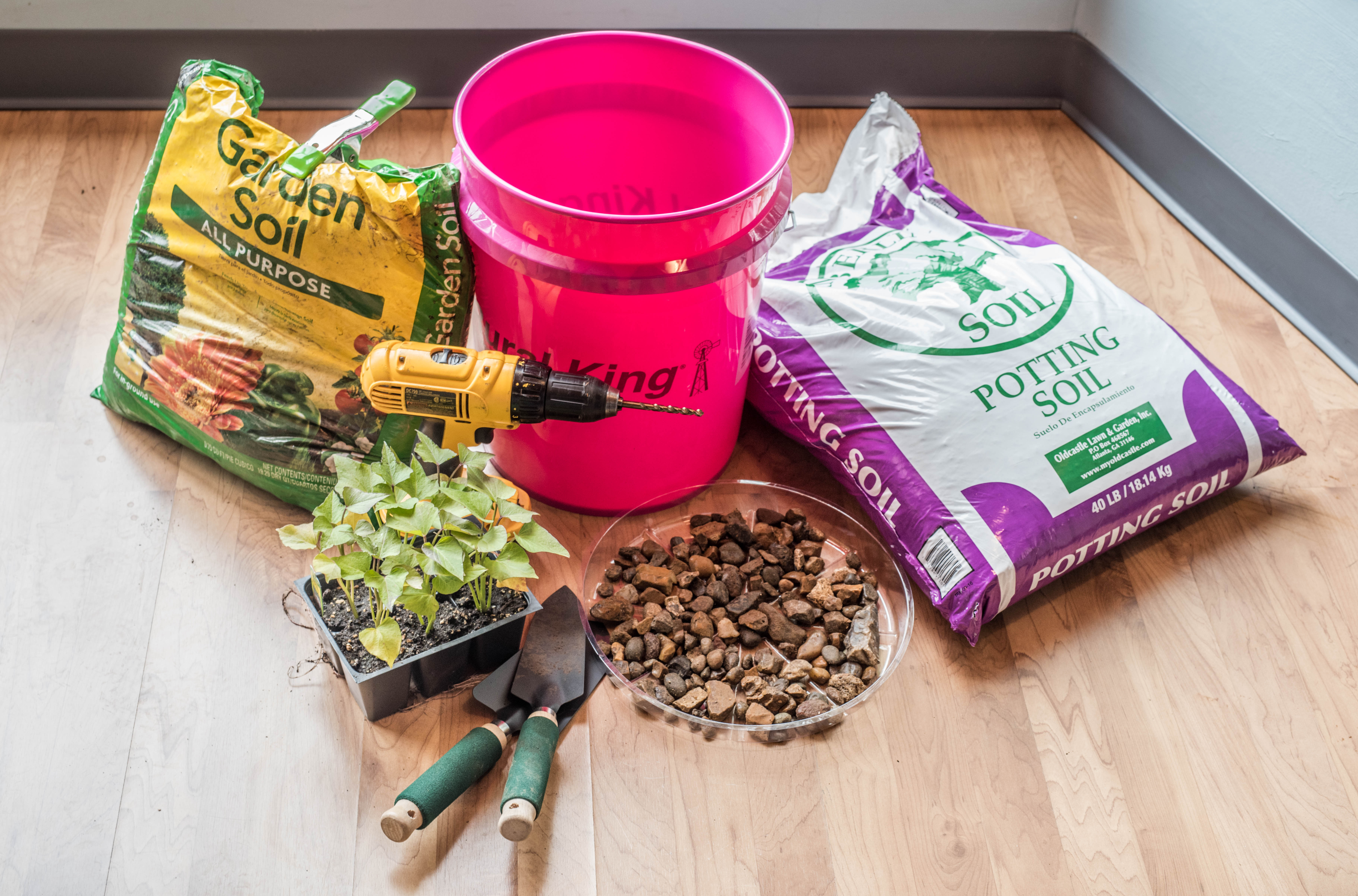
-Trowel
-Potting Soil (5- 40 lb bags)
-Garden Soil (2-3 bags of .75 cubic feet)
-1 Bag of River Pebbles/Rocks (make sure these are at least as wide as the holes you’ll be drilling into the bottom of the bucket)
-5-6 plastic 5-gallon buckets or containers (If you are nervous about planting in plastic, here are some great resources for you! Check out the Micro Gardener and Gardening Know How.)
-Watering can or pitcher
-Drill and large drill bit
-5-6 Plastic Plates that is wider than the bottom of your buckets
-Fertilizer
-Stake
-Twine
Vegetables:
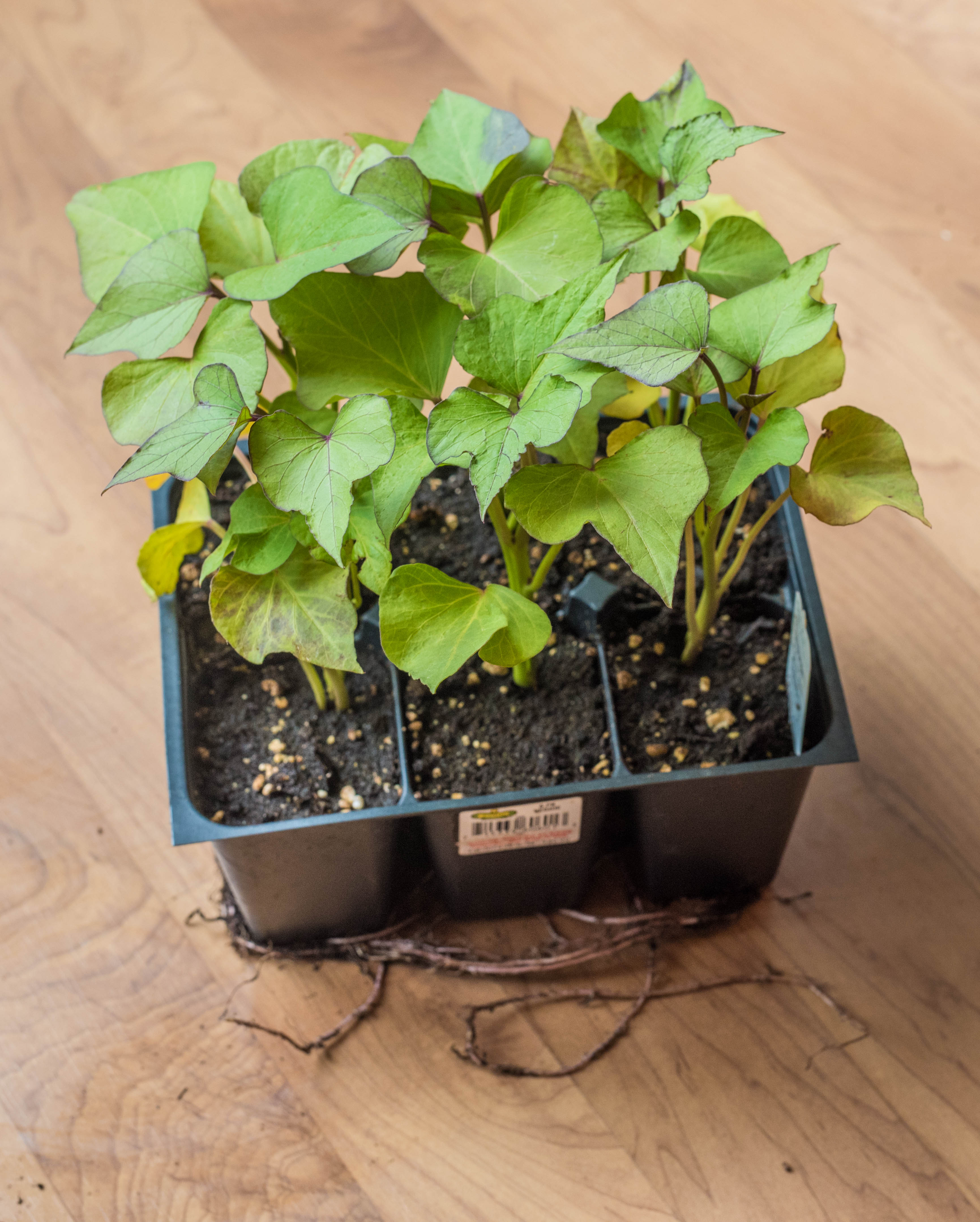
–Sweet Potato Plants
-Cherry Tomato Plant
-Squash Plant
-Yellow & Orange Pepper Plants
Instructions:

-Drill 4-5 holes into the bottom of the 5-gallon buckets
-Fill the bottom with rocks, 1 layer is enough. You just want it to cover the holes. This will allow water to seep through, without letting dirt compact the holes.
-Fill half with potting soil and then mix in a few inches of garden soil.
-Fill the rest of the way with potting soil and then mix in a thin layer of garden soil.
-Dig your hole and plant your vegetable according to the instructions on its tag.
-Water and fertilize.
-If you don’t want water seeping out from your container, then place the plastic plate underneath to keep it contained.
-Water daily.
-As your plants grow you may need to support them with stakes and twine. Otherwise the stems may break from the weight of the vegetables. Refer to Sarah’s tips earlier in the post.
How to Start a Container Garden with a 5-Gallon Bucket
Container Gardening is big right now! Our guest blogger Catie decided to try it out. Follow her adventures in container gardening here: http://info.cookstuff.com/blog/my-adventures-in-container-gardening
Posted by Cook Portable Warehouses, Inc. on Monday, May 15, 2017
If you struggle with watering your plants daily, you may try this method!
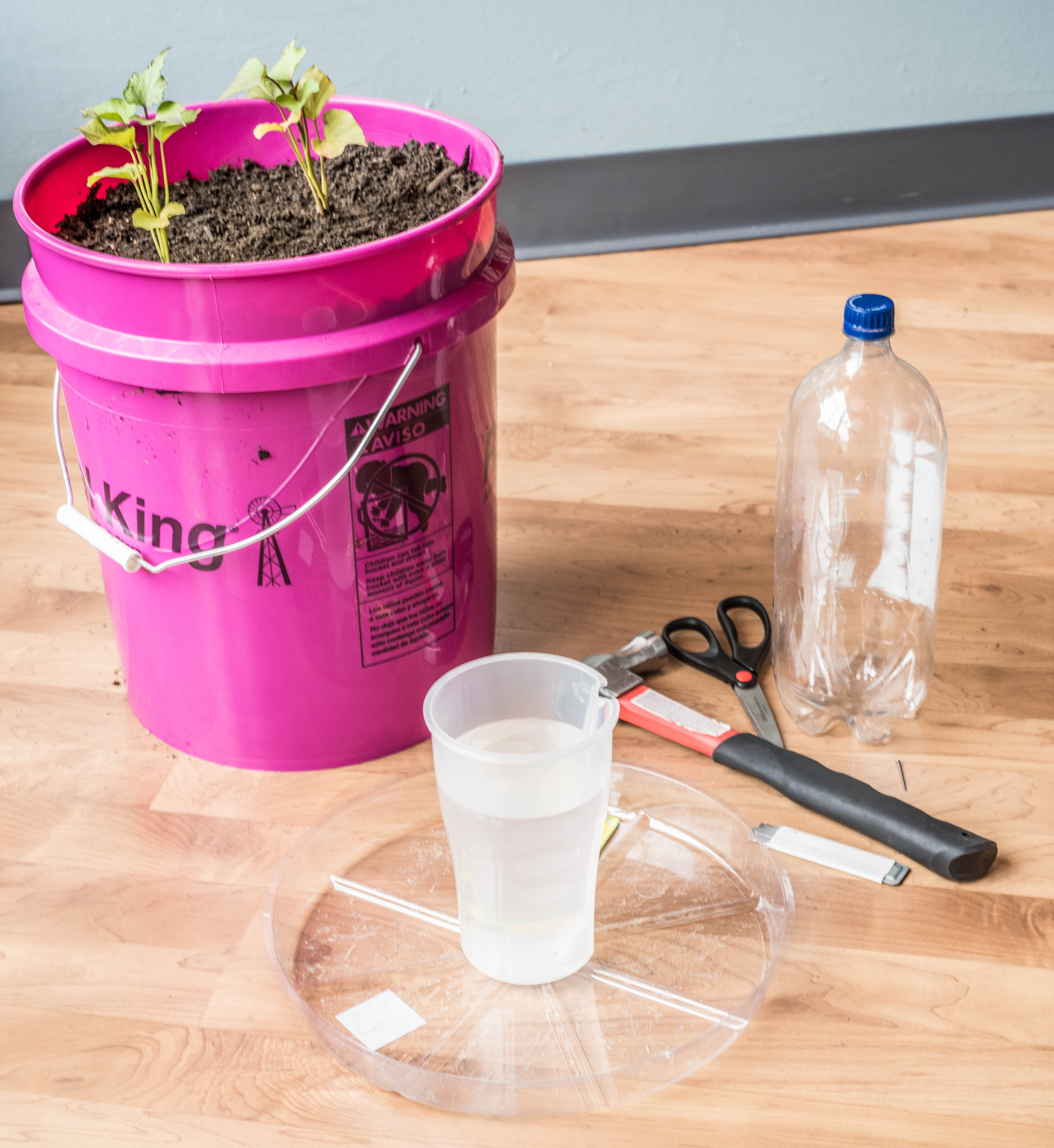
-Wash out a 2-liter of soda.
-Cut the bottom off. Make a slit with the box cutter and then take scissors to cut the rest off.
-Unscrew the lid and hammer 2-3 small holes into it.
-Screw the lid back on and bury in the dirt.
-Fill it with water and you should see it drain throughout the day. (This may not be sufficient watering for your plants, but it will help, especially if you’re prone to forgetting in the mornings like I am!)
Are you starting your own container garden? I’d love to see your pictures and hear your stories! Share them with us on Facebook!
If you’re searching for a great workspace for your gardening or other hobby, then check out a Cook Portable Warehouse! They’re durable and extremely versatile to fit any need. Take a virtual tour of one of their most popular sheds!
{{cta(‘d561195f-4bca-4788-9ad9-d819b2a4cf2b’,’justifycenter’)}}
